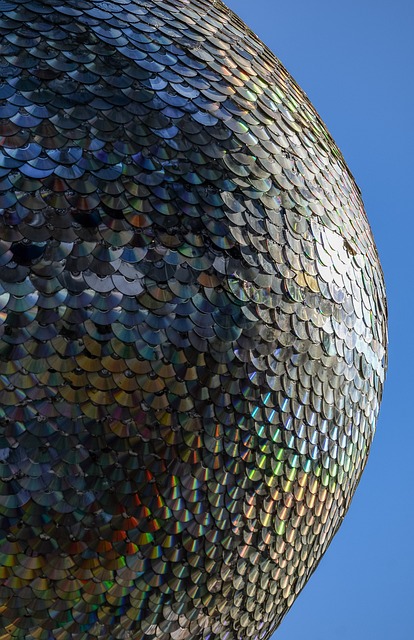Metal roof installation is a popular choice due to its durability, low maintenance, energy efficiency, and weather resistance. Various types include standing seam metal panels, corrugated roofing, and tin, each with unique benefits. Preparation steps involve structural assessment, code research, drainage systems, and budgeting. Material selection depends on climate, architectural style, and budget; aluminum and steel are common choices. Skilled installers use specialized tools for precise installation. Regular maintenance, including inspections, cleaning, and re-sealing, ensures longevity. Costs vary by metal type, complexity, and roof size, with ongoing expenses for maintenance. Engaging reputable experts with experience, positive references, and warranties is essential for successful results.
Considering a metal roof installation? This comprehensive guide breaks down everything you need to know. From understanding the benefits and exploring various types, to preparing your property and choosing the right material, we cover it all. Learn about the step-by-step installation process, essential tools, common challenges, maintenance tips, cost considerations, and how to find reliable experts for a successful roof installation.
Understanding Metal Roof Installation: Benefits and Types
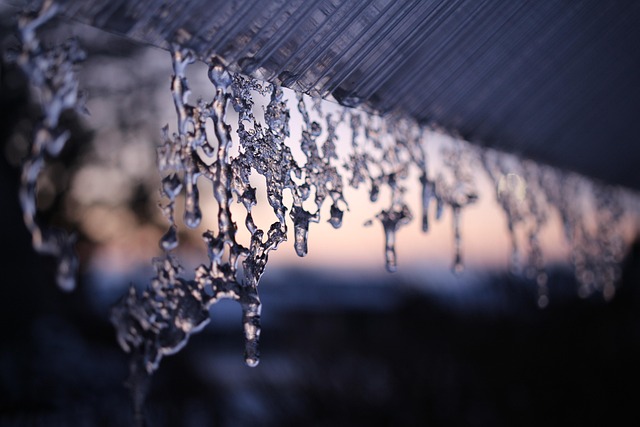
Metal roof installation has gained significant popularity due to its numerous benefits and versatility. Understanding this process involves recognizing different types of metal roofing, each with unique characteristics. Typically, roof installation using metal involves replacing or installing a new layer over an existing roof or during new construction. The material itself offers advantages such as durability, low maintenance, and energy efficiency. Metal roofs can withstand extreme weather conditions, including high winds and heavy snowfall, making them a reliable choice for many regions.
There are various types of metal roofing available in the market, each catering to different aesthetic preferences and functional needs. These include standing seam metal panels, which feature interlocking seams and are known for their sleek, modern look; corrugated metal roofing, popular for its strength and affordability; and tin roofing, often associated with traditional styles but offering excellent protection. The choice depends on factors like climate, architectural design, and personal taste. Metal roof installation provides a long-lasting solution that can enhance the curb appeal and structural integrity of any property.
Preparations for Metal Roof Installation: What You Need to Know
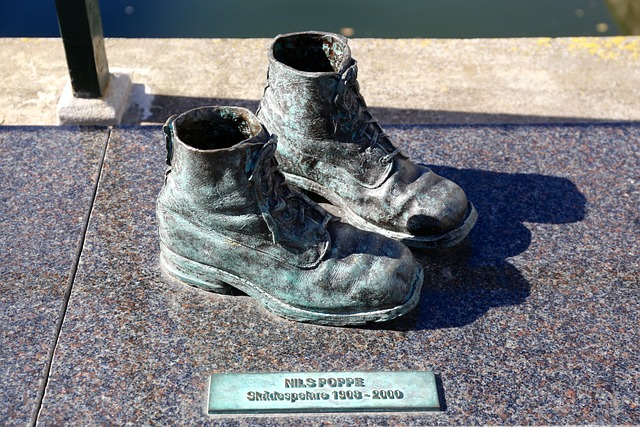
Before diving into metal roof installation, there are several preparations to make sure the process is smooth and the final result is durable. Firstly, assess your home’s structure and ensure it can support the weight of metal roofing, which varies by material and design. Consulting with a structural engineer may be necessary for older homes or those with historic significance. Next, clear your roof area of any debris, trees, or obstacles that could impede installation or cause damage during the process.
Additionally, research local building codes and permits required for metal roof installation to ensure compliance and avoid future issues. Choose the right metal roofing system based on your climate, architectural style, and personal preference. Keep in mind the need for proper drainage systems and flashing to protect against leaks. Lastly, prepare your budget, as metal roofs offer long-term benefits but initial costs can vary.
Choosing the Right Metal Roof Material for Your Property

When considering a metal roof installation, selecting the appropriate material is a key decision that impacts both the aesthetics and longevity of your property. Factors like climate, architectural style, and budget play a significant role in choosing the right metal roofing option. For instance, aluminum roofs are lightweight and highly corrosion-resistant, making them ideal for regions with high precipitation or areas prone to strong winds. On the other hand, steel roofing offers superior strength and durability, suitable for homes requiring robust protection against extreme weather conditions.
The style of your home also influences material selection. Modern, sleek designs often pair well with metallic roofs featuring flat or low-sloped surfaces, while traditional architectural styles might complement curved or pitched metal roofing. Additionally, color and texture options in metal roofs allow homeowners to match their unique preferences and enhance the overall curb appeal. This versatility ensures that you can find a metal roof material that not only meets your functional needs but also adds aesthetic value to your property during a roof installation.
The Step-by-Step Process of Installing a Metal Roof

Installing a metal roof is a process that requires careful planning and execution, but it offers long-lasting durability and an aesthetically appealing finish. The first step involves preparing the roofing surface by ensuring it’s clean and free from debris. This may include removing existing shingles or fixing any underlying issues. Next, you’ll want to measure the area to be covered, cutting metal sheets to fit precisely, allowing for minimal waste.
Once the materials are ready, the installation begins with securing a waterproof membrane, followed by placing underlayment for added protection. The metal panels are then fitted, starting from one edge and overlapping each joint to ensure water runs off efficiently. Fasteners are used to secure the panels tightly, creating a robust barrier against the elements. This step-by-step approach guarantees a well-protected roof with a modern, industrial charm that can withstand harsh weather conditions for decades.
Tools and Equipment Required for Efficient Metal Roof Installation
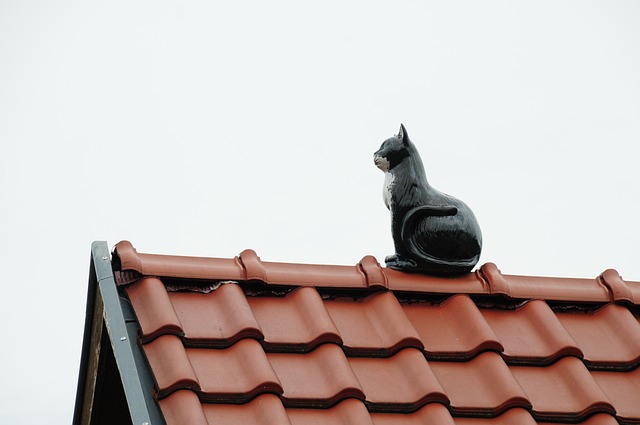
For a seamless and efficient metal roof installation, the right tools and equipment are essential. Professionals in this field typically rely on specialised gear designed to handle the unique challenges of metal roofing. At the core of their toolkit are heavy-duty shears, capable of cutting through various types of metal with ease, ensuring precise measurements and clean cuts for each panel. Additionally, hand-held or power-driven fastening tools, such as nail guns or screw drivers, play a crucial role in securely attaching the panels to the underlying structure.
Beyond cutting and fastening, installation involves tasks like measuring, marking, and aligning, which require measuring tapes, level tools, and square edges for accurate work. Safety is paramount, so protective gear including gloves, safety glasses, and hard hats are non-negotiable. Lastly, a robust ladder or lift system is often needed to access elevated areas, ensuring installers can work efficiently and safely throughout the entire roof surface.
Common Challenges in Metal Roof Installation and How to Overcome Them
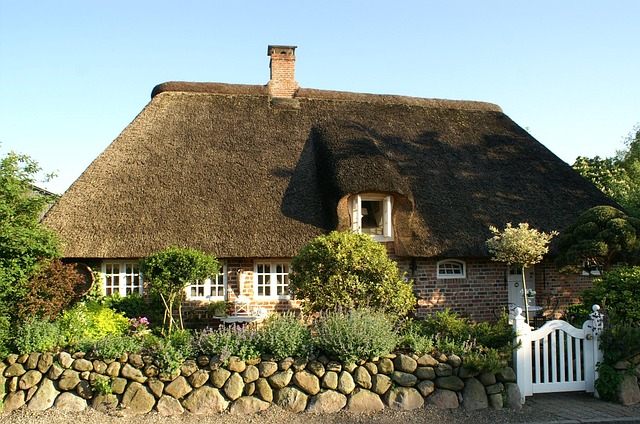
Metal roof installation, while offering numerous benefits, isn’t without challenges. One common hurdle is ensuring proper drainage and flashing to prevent water damage. Unskilled installers might overlook critical sealing points, leading to leaks over time. To overcome this, it’s crucial to employ experienced professionals who understand the importance of detailed flashing and seamless gutter systems tailored for metal roofs. They use specialized tools and techniques to ensure water efficiently flows away from the structure.
Another challenge lies in the vast range of metal roof styles and materials available. From standing seam to corrugated panels, each has unique installation methods and considerations. Proper fitting and alignment are essential for a durable, aesthetically pleasing result. Skilled installers adapt their techniques accordingly, using appropriate tools and hardware specific to each style, ensuring a robust and long-lasting roof installation.
Maintenance Tips for Longevity of Your Metal Roof
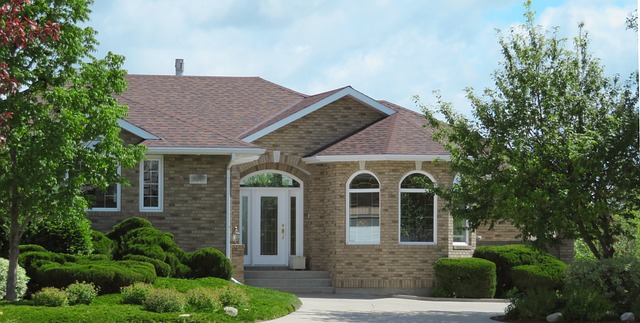
Regular maintenance is key to ensuring your metal roof lasts for decades, maintaining its structural integrity and aesthetic appeal. Here are some essential tips to keep in mind post-installation. Firstly, inspect your roof regularly for any signs of damage, corrosion, or loose panels. Addressing issues early can prevent further complications. Keep an eye out for rust, as it can weaken the metal and lead to leaks. A simple cleaning routine with mild soap and water every few months will help maintain its finish and protect against stains.
Additionally, ensure proper drainage around your roof by clearing debris from gutters and downspouts regularly. Proper drainage is vital to preventing water damage and prolonging the lifespan of your metal roofing system. Lastly, consider periodic re-sealing of seams and joints to fill in any gaps that might have formed over time. These simple steps will contribute significantly to the longevity of your roof installation.
Cost Considerations: Budgeting for a Metal Roof Installation
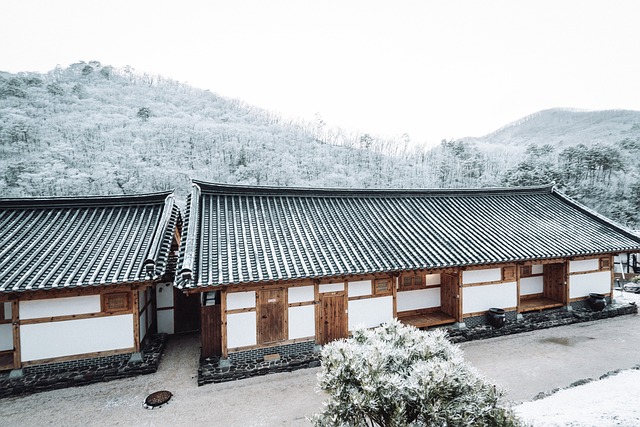
When considering a metal roof installation, budgeting is a key aspect. The cost of a metal roof can vary significantly based on factors like the type of metal, complexity of the installation, and the size of your roof. On average, you can expect to pay between $75 and $200 per square foot for materials and labor. Higher-end metallic options, such as aluminum or copper, tend to be more expensive due to their durability and aesthetic appeal.
It’s important to remember that a metal roof installation isn’t just a one-time cost. Maintenance and repairs can add up over time. Regular cleaning to prevent debris buildup and occasional inspections for signs of damage are necessary. Proper budgeting should account for these ongoing expenses, ensuring your new metal roof remains in top condition for years to come.
Finding Reliable Metal Roof Installation Experts
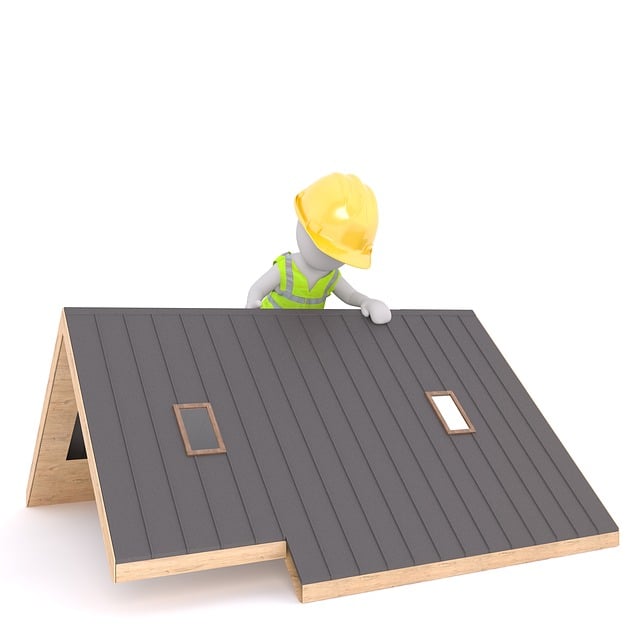
When considering metal roof installation, finding reliable experts is paramount for a successful project. Look for professionals with extensive experience in metal roofing, as this ensures they possess the necessary skills and knowledge to handle your specific needs. Reputable contractors should have a proven track record of high-quality work, positive customer reviews, and the ability to provide references.
Check for certifications from recognized industry bodies, which guarantee their competence. Inquire about warranties offered on both the metal roofing materials and the installation work to protect your investment. A reliable expert will be transparent in their pricing, offering detailed estimates without hidden costs, ensuring you make an informed decision for your roof installation needs.
